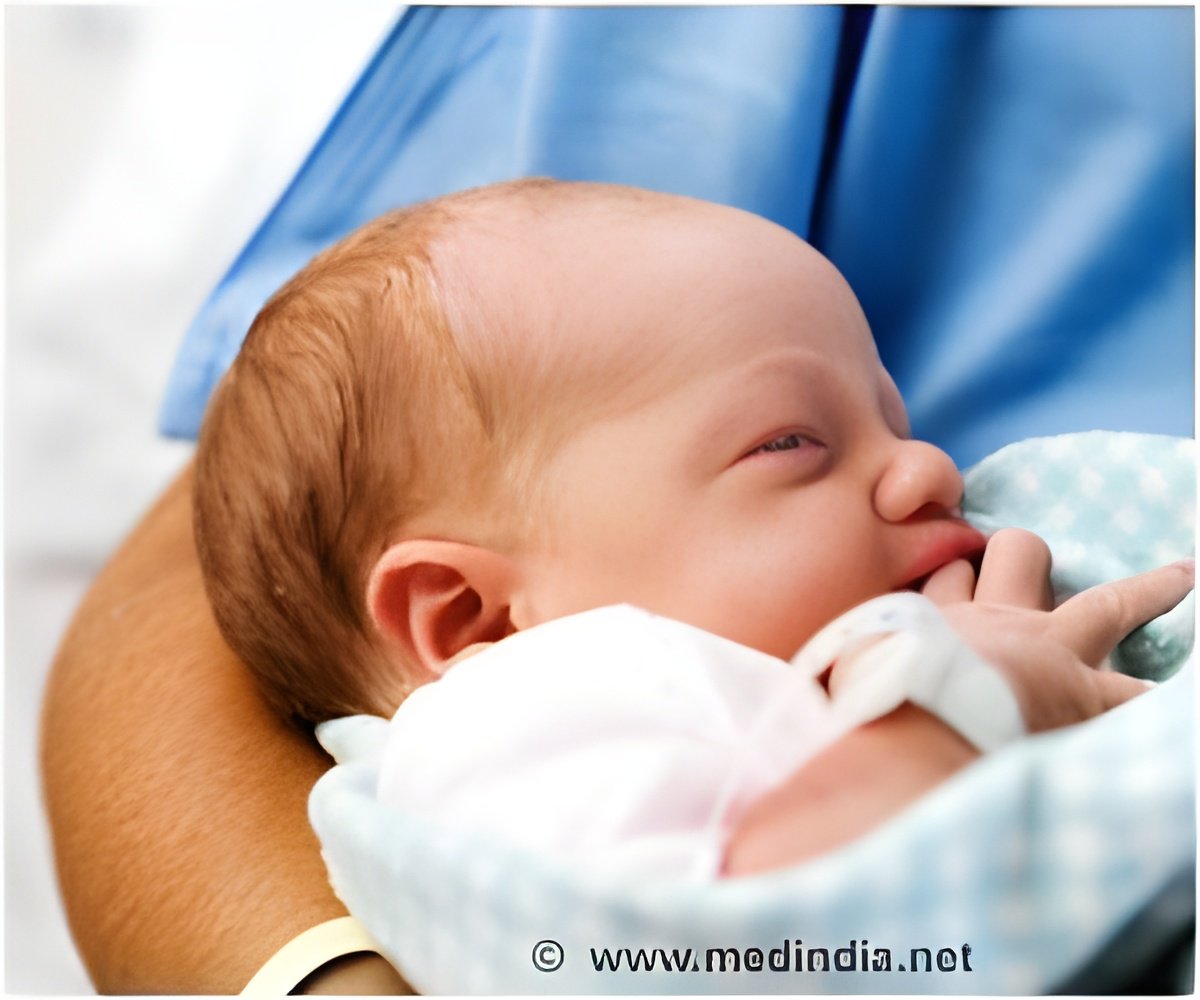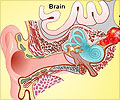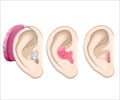
‘A simple technique called EarWell is found to mold and reshape the ear in infants with congenital malformations.’
Tweet it Now
But treatment must begin early--preferably within the first three weeks after birth, according to the study by ASPS Member Surgeon H. Steve Byrd, MD, and colleagues of Pediatric Plastic Surgery Institute, Dallas. Dr. Byrd comments, "The EarWell system is effective in eliminating or reducing the need for surgery in all but the most severe congenital ear malformations."Nonsurgical Treatment Avoids Later Consequences of Infant Ear Malformations
The researchers review their experience with nonsurgical correction of congenital ear malformations in 175 infants. The EarWell system is a relatively simple technique for molding and reshaping the ear, taking advantage of the increased malleability of the ear cartilage in newborns. For best results, treatment should start within the first three weeks after birth, or correspondingly later in infants born prematurely.
The technique and length of EarWell treatment varies according to the type and severity of the infant's ear deformity. Dr. Byrd and colleagues present a classification system and technical details for plastic surgeons to follow in evaluating the best treatment for specific types of malformations.
For most infants in the study, both ears were treated, for a total of 303 ears. Ninety-eight percent of infants had relatively mild "constricted"-type ear deformities. EarWell treatment started at an average age of 12 days and continued for 37 days, including an average of six follow-up visits to the plastic surgeon's office.
EarWell treatment was highly successful in correcting or reducing the severity of congenital ear malformations. Results were judged good to excellent in 97 percent of ears with one simple deformity and 88 percent with more complex "mixed" deformities. About 70 percent of ears with constricted malformations were graded as having no deformity after treatment.
Advertisement
While the EarWell system is not new, the report is the largest study of congenital ear malformations treated with this approach--including a standardized approach to treatment and assessment of the results. The results strongly support its use, especially in infants with deformities and less-severe malformations.
Advertisement
"While we can operate on ears later in the patient's life, waiting not only increases the surgery's difficulty and expense, but may expose the child to teasing, bullying, and loss of self-esteem," comments Editor-in-Chief Rod J. Rohrich, MD, in a featured video on the Plastic and Reconstructive Surgery website. "If your baby has any type of ear deformity, plastic surgeons can help with or without surgery. Discuss non-surgical, ear molding alternatives with your pediatrician, and consult with a board-certified plastic surgeon...the earlier the better!"
Source-Eurekalert















